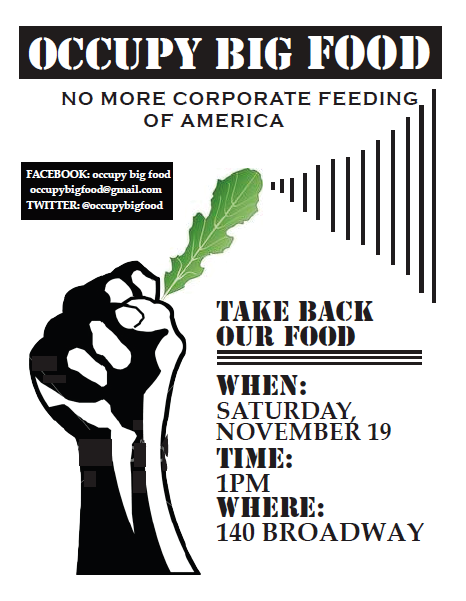The Government Accountability Office (GAO) recently released a tough report on the FDA’s dispute with the Gulf Coast shellfish harvesting industry about oyster safety: Food Safety: FDA Needs to Reassess Its Approach to Reducing an Illness Caused by Eating Raw Oysters.
To better ensure oyster safety, says GAO, FDA should work with the oyster industry to (in my paraphrase):
- Agree on a nationwide goal for reducing the number of illnesses caused by the consumption of Gulf Coast raw oysters
- Develop strategies to achieve that goal
- Recognize that consumer education and time-and-temperature controls have not worked
- Recognize that the capacity to use postharvest processing methods does not currently exist.
As I explain in my book, Safe Food: The Politics of Food Safety, the FDA for more than a decade has been trying to prevent deaths caused by Vibrio vulnificus bacteria that contaminate raw oysters grown in the Gulf of Mexico.
These “flesh-eating” bacteria proliferate in warm months and are especially deadly; they kill half of the thirty or so people who develop infections from it each year.
In 2001, the oyster industry trade association, the Interstate Shellfish Sanitation Conference (ISSC), promised the FDA that this industry would substantially reduce Vibrio infections in oysters within seven years through a program of voluntary self-regulation and education aimed at high-risk groups.
If this program failed to reduce the infection rate, the ISSC agreed that the FDA could require oysters to be treated after harvesting to kill pathogenic Vibrio.
Postharvest processing involves techniques such as quick freezing, frozen storage, high hydrostatic pressure, mild heat, or low dose gamma irradiation, any of which reduces Vibrio vulnificus to undectable levels.
By most reports, the effect of treatment on the taste and texture of oysters is slight (although raw oyster aficionados might argue otherwise).
The California actions are instructive: In 2003, California refused to allow Gulf Coast oysters from entering the state unless they had undergone postharvest processing. The result? Sales of oysters remained the same but oyster-related deaths dropped to zero!
In contrast, states that did not require postharvest processing experienced no change in the number of deaths, meaning that the ISSC program had failed.
Late in 2009, the FDA announced that it intended to issue rules requiring postharvest processing of Gulf Coast oysters in summer months.
But less than a month later, the FDA backed off. Under protest from Gulf Coast oyster harvesters, state officials, and elected representatives, the FDA agreed to postpone the oyster-processing rules indefinitely.
As the GAO understates the matter,
FDA and the ISSC do not agree on a common V. vulnificus illness reduction goal….If FDA and the ISSC are not in agreement on the illness reduction goal and strategies to achieve it, it will be difficult for the Gulf Coast states to move forward to significantly reduce the number of consumption-related V. vulnificus illnesses.
The GAO report further explains:
the ISSC continues to include California’s results in its illness rate reduction calculation along with Florida, Louisiana, and Texas. Doing so overstates the effectiveness of consumer education and time and temperature controls….
My translation: Despite years of warnings and promises that it has no intention of meeting, the Gulf oyster industry has been able to stave off FDA regulations for ten years at the expense of about 15 preventable deaths a year.
This is yet another example of political pressures blocking the FDA from carrying out its mandated food safety responsibilities.
Let’s hope the GAO report induces Congress to push this industry to get its act in order and the FDA to issue those regulations.



